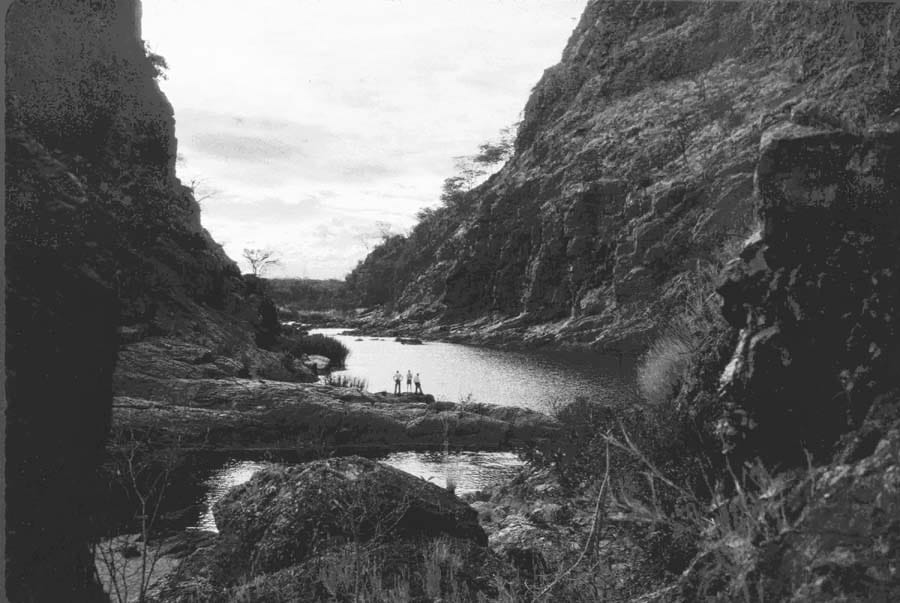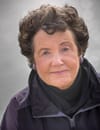The Fabric of Private Education

Sebakwe Poort
The Fabric of Private Education
Mr. Aaron Menashe arrived in Southern Rhodesia 1919 from the island of Rhodes. By 1938 he owned A. Menashe Corner in Que Que, which consisted of four shops.
The Fabric of Private Education
In the Haberdashery they sold Lister wools from Yorkshire as well as Emu, Hayfield, Pingouin, Robin and Sirdar. There were patterns of every sort: double knitted sweaters and cardigans, slipovers, jerseys, skirts and trousers, jumpers, knickers and socks for those who could handle four needles at once. There were pattern booklets by Beehive on tea cozies, slippers, toys, boudoir and bar accessories. There were drawerfuls of needles and crochet hooks.
The ladies store was the exclusive agency for Bon Ton corsets. Bolts of fabric lined the floor-to-ceiling shelves, from sturdy canvas, rough hessian, gabardine and practical cottons and muslins to fine crepes de Chine, velvets and ribbons of many widths and colors. Next-door was the men’s department. Serina was a talented bespoke tailor. The store also sold Rex Truform suits and Dougson clothing. The forth store was rented to Bata Shoes.
The Menashe’s were now a family with Katie, Rachel, Abe and Ben. Mr. Menashe’s priority was getting a good education for them. They all began at the Salisbury Convent. The two sons went on to Prince Edward after standard two.
He routinely saved up all the shop accounts for ninety days. Then Rachel would come home from the convent and could attend to the books. He could not read or write in English.
Private school fees for four did not leave much household money for holidays, but occasionally he would hire a truck (he didn’t drive himself) and take the family for a two-day sleep-over on the banks of the Umniati River at the bridge or to Sebakwe Poort. They would be joined by relatives on his mother’s side, the very big Albert Amato family, from Eiffel Flats near Gatooma about forty miles away. The Amatos were an impressive family, being able to trace their ancestry back to 1492 and the Spanish Inquisition. Often their Uncle Solly, who did not like regular work and was instead a professional gambler, would drive down from Selukwe or Shabani in his two seater Whippet, not withstanding the three or four punctures he would have to repair on the way down. Abe loved to sit in the dicky seat that opened up at the back. Sometimes the Benetars of Gwelo would join them. Then they would indulged in traditional Sephardic treats of hard boiled eggs accompanied by potato cheese balls fried in oil and savory filo pastries prepared beforehand at home.
But best of all was the river in the heat of summer, with its wide sandy beach which was relatively free of bilharzia (Schistosomiasis, a debilitating disease). It was a great place to swim. Abe’s swimming costume was a very long vest pinned between his legs.
Many thanks to Melody Kelly (nee Hannaford) from England for the photo of Sebakwe Poort, that much-loved picnic spot and to Abe Menashe of Bulawyo, Florida, London and Johannesburg, for the family history.
